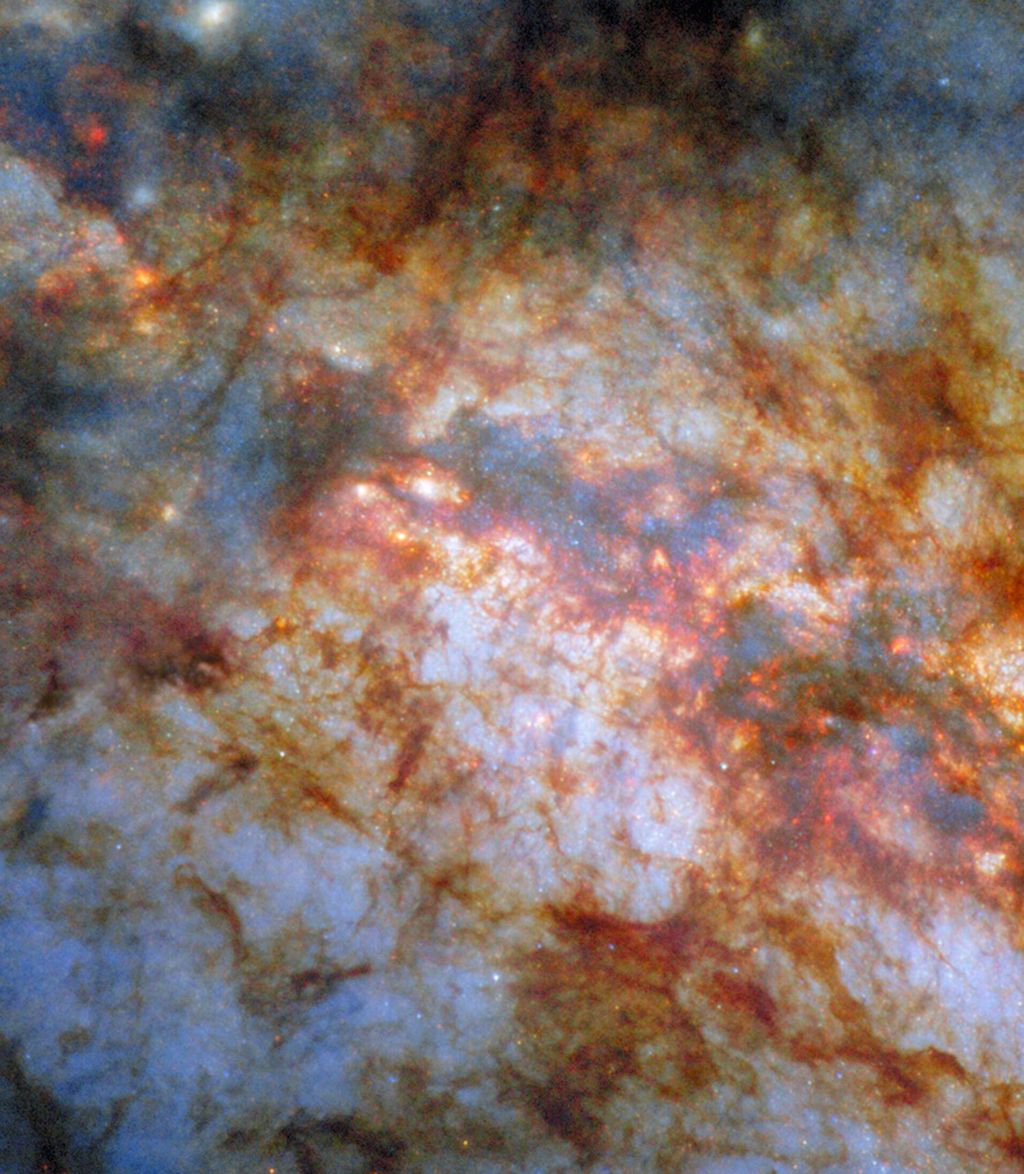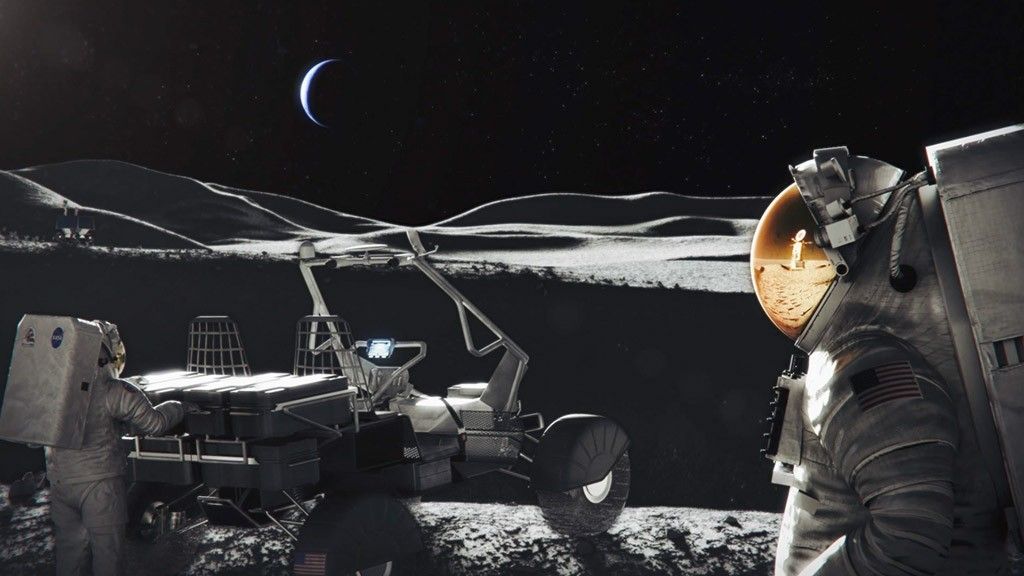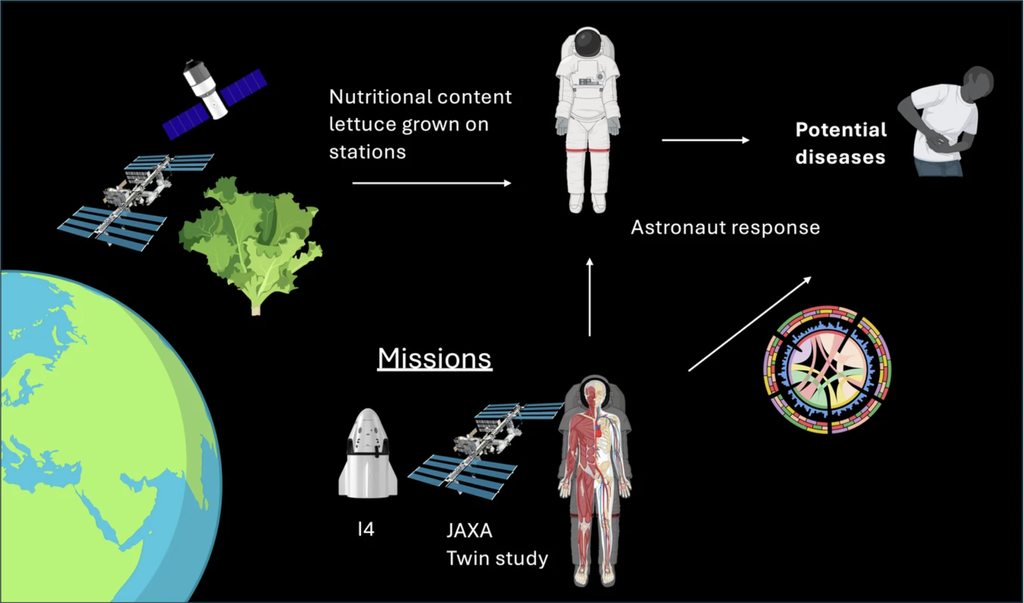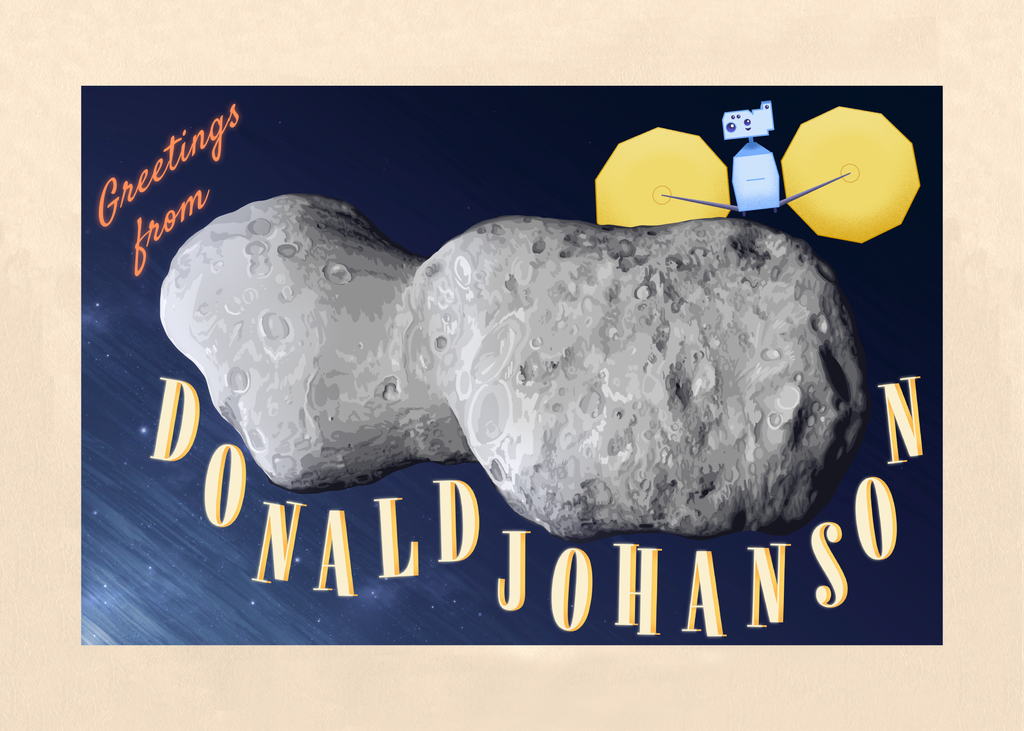HWO SIG Seminar
Habitable Worlds Observatory
Science Interest Group
(HWO SIG)
DATE
February 12, 2025
TIME
1:00 pm EST
COMMUNITY
HWO SIG
TYPE
Seminar
Introduction to High-Contrast Observations & Instrumentation
Bertrand Mennesson, JPL
The various techniques used to detect and characterize exoplanets provide largely complemen-tary physical information. In particular, direct observations of exoplanetary systems using high contrast spectro-imaging have the power to uniquely address some fundamental questions: how do planets form and evolve? How normal or unusual is the solar system architecture of planets and dust belts? What are the physicochemical characteristics of exoplanet atmospheres over a broad range of insolation levels and sizes? How common or rare are Earthlike planets orbiting sunlike stars, and how common is life on such planets?
The technical challenge of reaching the required combination of spatial resolution and dynamic range is daunting. However, there has been remarkable progress in high contrast instrumenta-tion over the last two decades, using different approaches from the visible to the infrared, as evidenced by key technical developments at the laboratory and at telescopes, on the ground and in space. Such improvements are paving the way to NASA’s Habitable Worlds Observatory, a mission that shall be capable of mapping out entire planetary systems around nearby stars and seeking out worlds with signs of habitability and life.
Shining a Light on the Ultraviolet with Habitable Worlds Observatory
Peter Kurczynski, NASA/GSFC
The science of ultraviolet light impacts us all. The Earth's atmosphere largely protects us from the Sun's ultraviolet rays; but over eons these rays have molded the air itself into its present composition so that we can breathe. Science in the ultraviolet has always been essential to understanding our cosmic origins, from the ultraviolet catastrophe that gave birth to modern physics to the primordial ultraviolet glow of galaxies in formation. Building upon decades of investment in laboratory research and suborbital and orbital mis-sions, NASA's Habitable Worlds Observatory will explore the ultraviolet universe in unprecedented detail. It will search for signs of life on planets around distant stars. It will trace the flow of gas around nearby galaxies to understand how our Milky Way came to be. It will probe comets in our solar system to discov-er the necessary conditions for the formation of planet Earth. NASA funding and a vibrant community of dedicated researchers are enabling these future discoveries. Shining a light on ultraviolet science shows that the future is bright.
Habitable Worlds Observatory
The Habitable Worlds Observatory is a large infrared/optical/ultraviolet space telescope recommended by the National Academies’ Pathways to Discovery in Astronomy and Astrophysics for the 2020s.
Learn More
News Straight to Your Inbox
Subscribe to your community email news list
We will never share your email address.





























